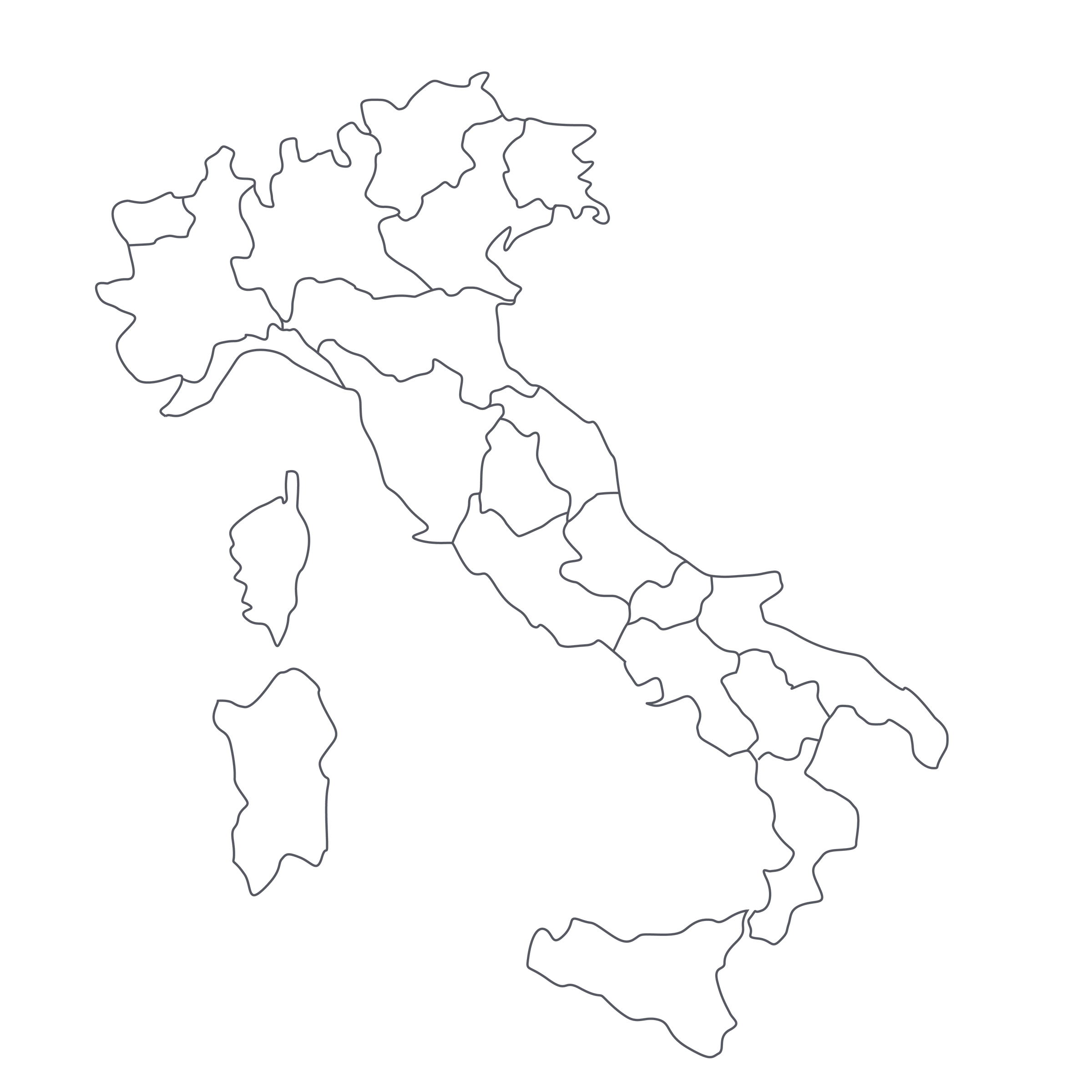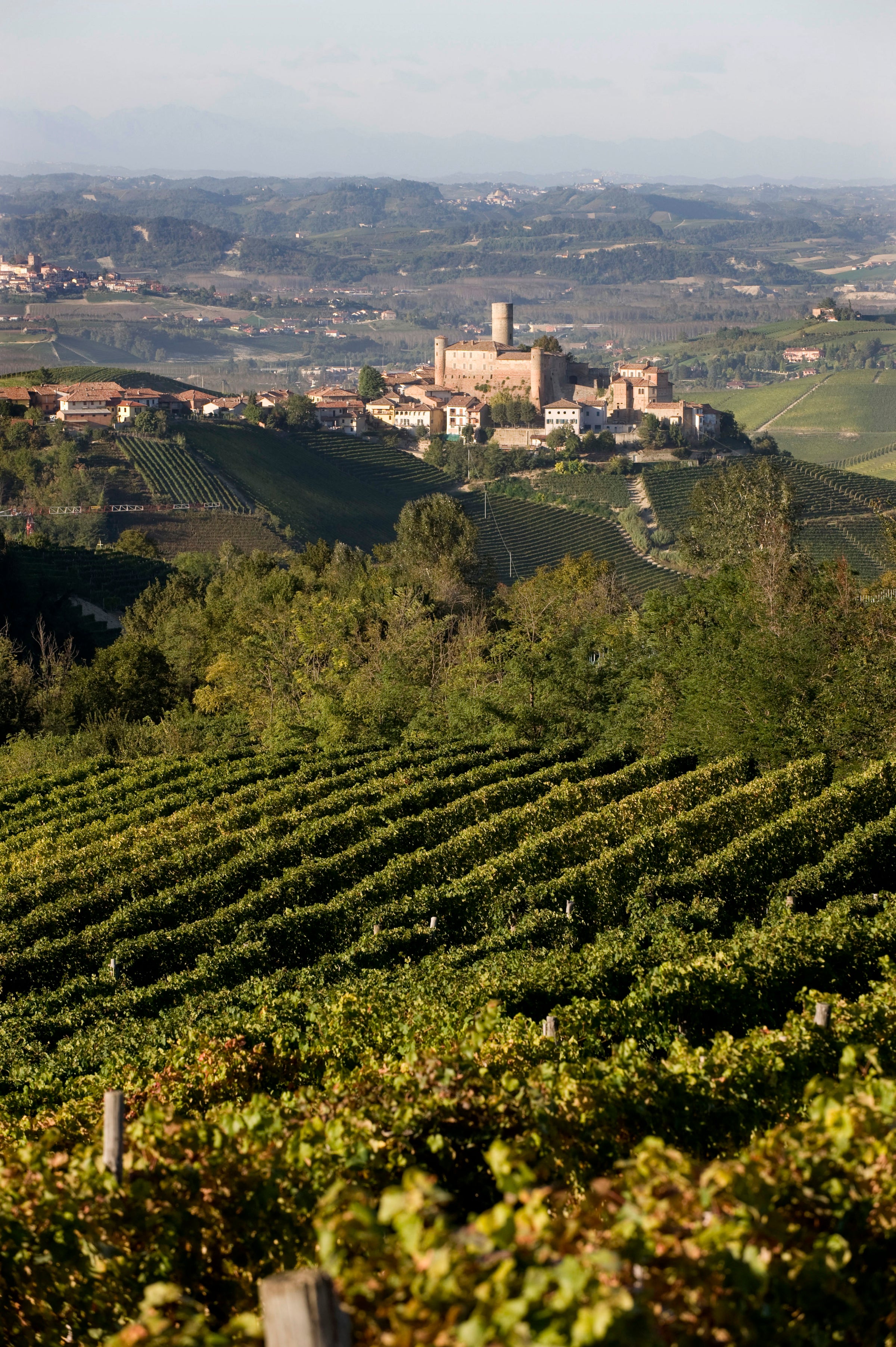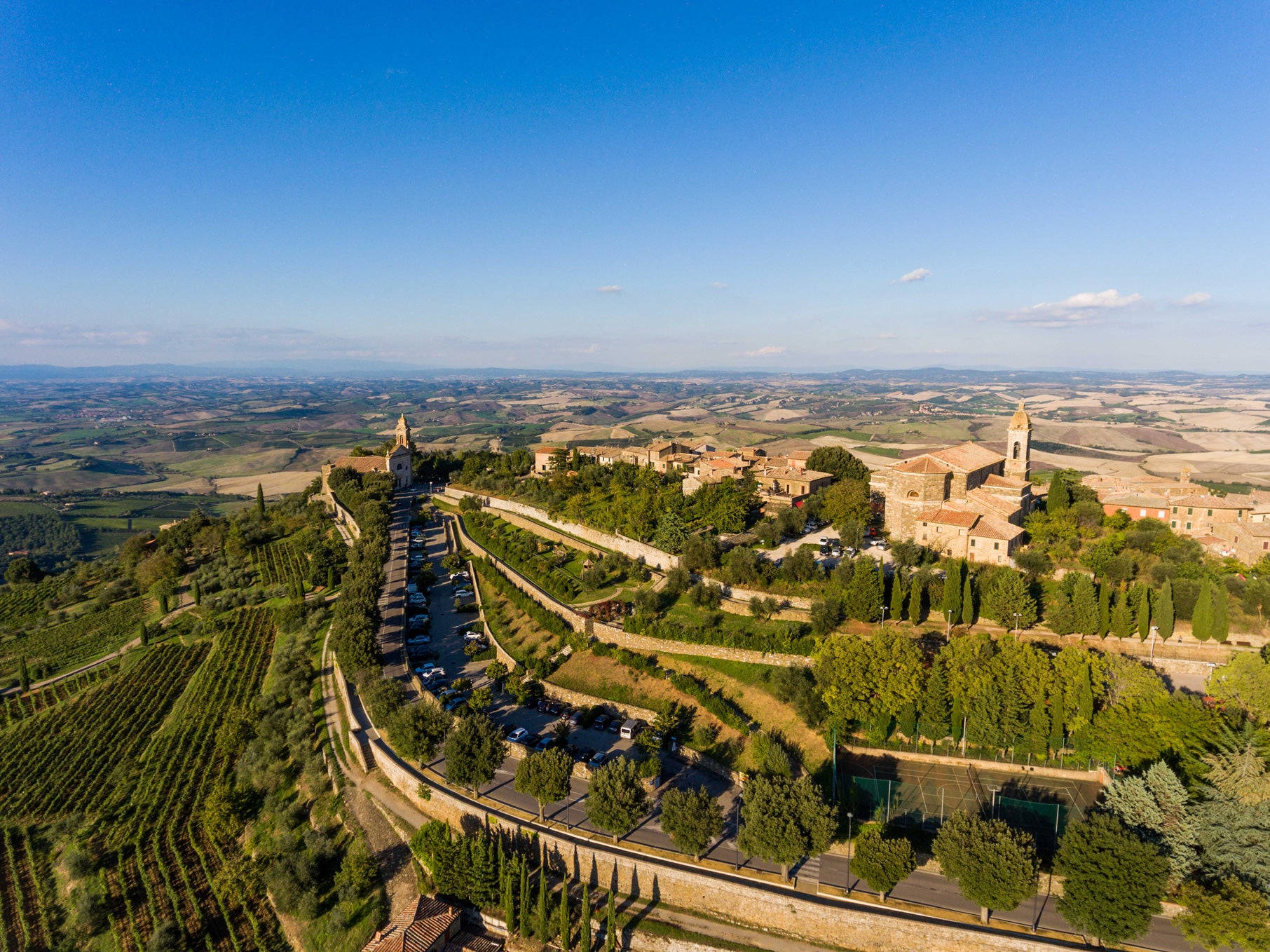In addition to being a sentimental favorite of mine, dating back to my first-ever wine trip to Italy more than 20 years ago, today’s wine from Ronchi di Manzano is my way of removing a glove and slapping Merlot-haters across the face with it. I challenge you to taste this luscious Friulian Merlot and not walk away thoroughly impressed. It’s also a reminder that serious Merlot is not just a Friulian signature but a variety that has been embraced throughout the peninsula—to the point where most of the world’s most sought-after Merlot wines outside Bordeaux are Italian. In many cases, Merlot’s generous fruit and soft tannins make it a perfect blending partner for sharper varieties like Sangiovese, but “varietal” Merlot became a sensation of its own.
The most famous names include Friuli’s Miani and Gravner and Tuscany’s Tenuta dell’Ornellaia (“Masseto”) and Castello di Ama (“L’Apparita”), but there are countless others. Ronchi di Manzano’s Roberta Borghese is just one town over from cult-Merlot legend Miani, and she’s been at it just as long, if not longer. This is a reference-point Friulian red for me and one that comes to us at an astonishing price—although it wouldn’t have come to us at all if we hadn’t featured it in our “Explore 4” wine club. Is this what the modern wine market has come to, that an importer is reluctant to bring over a wine from one of the world’s most noble red varieties? “Sideways,” was almost 20 years ago, folks—it’s time to move on. This Friulian beauty is the perfect opportunity to do so.
The Borghese family has owned Ronchi di Manzano (“Hills of Manzano”) since 1969, with 60 hectares of vines spread across the areas of Manzano, their home village, and Rosazzo, arguably the most prestigious red wine terroir in Friuli. Like most Friulian producers, they make a wide range of “varietal” wines (one of the few Italian regions to include grape names on labels), both white and red, and while local grapes like Refosco have grown in recognition, their bread and butter on the red side is Merlot (which in Friuli often gets pronounced with a hard ‘t’ at the end, i.e. mer-LOTE) and the other “Bordeaux” varieties, which have a long history in northeastern Italy. Despite its unparalleled array of unique native cultivars, Italy nevertheless counts both Merlot and Chardonnay among its top 10 most-planted varieties. That may come as a surprise to some, and it’s important to note that Merlot isn’t some recent, trend-driven phenomenon here: It likely first arrived during Napoleon’s campaigns in northern Italy during the French Revolutionary Wars (1792-1815). Many Italian producers, especially those in the northeast, consider it an “indigenous” variety, and it remains the most-planted red grape in Friuli.
Borghese, now assisted by her two daughters, Lisa and Nicole, is one of the first producers I think of when the subject is Friulian red wine. The Ronchi di Manzano wines are labeled with the “Friuli Colli Orientali,” or “Eastern Hills of Friuli” DOC, an appellation right near Italy’s border with Slovenia, with hillside vineyards positioned at a near-exact midpoint between the Julian Alps and the Adriatic Sea. The push-pull of mountain- and sea-borne air flows helps moderate the climate and allow for a long, even growing season, while the local soil, known as ponka, combines clay/limestone marl and sandstone.
Today’s glossy, voluptuous 2018, which aged 12 months in French oak barrels of various sizes, is a far cry from the “lean and green” styles of Merlot some Italian old-timers may associate with the region. And, despite its deep concentration, also displays good freshness and energy. There are Bordeaux-like hints of damp soil and tobacco, but lots of ripe, glossy black and red fruit. Notes of black cherry, plum, pomegranate molasses, vanilla, and violets are delivered in a silk blanket of tannins. It’s got some body to it but it is light on its feet, unlike many of the chocolatey fruit bombs that have dominated the category in recent years. It has plenty of refreshing acidity to stand up to northern Italian specialties like cotechino sausage with lentils and balsamic; osso buco; and some of the sweeter, Austrian-influenced pastas of the region, which incorporate fruits such as pears and plums. No need to decant, just pop and pour into large Bordeaux stems at 60 degrees and you’re in for a real treat. Yes, we are going to drink some #@&%-ing Merlot, and trust me, you’ll be glad you did!









